The shrimp industry holds a very important position in the economic structure of the province; the total production value of the shrimp industry in 2024 accounts for about 49% of the total production value of the entire agricultural sector, reaching a value of about 7,476 billion VND (GRDP at comparable prices). In the first 5 months of 2025, according to the results of the local review, the area of QCCT shrimp farming in the province reached about 166,000 ha/83,807 households, the yield reached 353 kg/ha/year, the estimated output was about 58,128 tons (for black tiger shrimp); other shrimp, the yield reached about 104 kg/ha/year, the estimated output was about 18,109 tons.
According to the assessment of the professional sector, the development of the provincial shrimp industry has not been commensurate with its potential and advantages and is facing many challenges such as: infrastructure has not met development requirements; impacts of climate change, environmental pollution, and epidemics; low production efficiency and lack of sustainability; no large-scale concentrated production areas have been formed; the level of people's absorption and application of science and technology in production is still limited... The main reason is that the propaganda and mobilization work of functional sectors and political and social organizations at all levels to convert production and participate in collective economy has not been really effective; there are no breakthrough solutions to improve productivity, quality, efficiency, competitiveness, and increase income of shrimp farmers; a part of the people are not interested in applying science and technology in production...
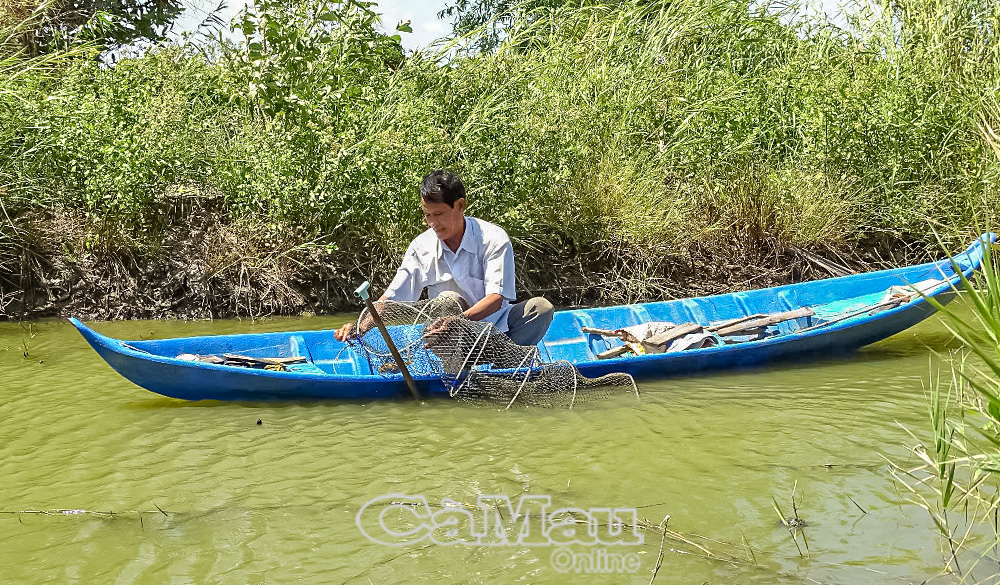
The combination of biotechnology, indigenous knowledge and community management is an inevitable direction for sustainable development of QCCT shrimp farming in Ca Mau .
From the above reality, the Department of Science and Technology has found many solutions to improve the efficiency of QCCT shrimp farming. Engineer Tieu Hoang Pho, Center for Information and Application of Science and Technology (under the Department of Science and Technology), shared: “In the QCCT model, especially not using industrial feed, natural food sources are the “golden key”. Groups of organisms such as: silica algae, rotifers, copepods, polychaetes and organic debris play an important role in helping shrimp grow stably. Keeping the farming pond ecologically balanced, rich in microorganisms and benthic organisms will help shrimp absorb optimal natural nutrients. Therefore, shrimp farmers need to maintain and develop the natural food ecosystem in the farming pond”.
In addition, seaweed is a valuable aquatic plant that can absorb excess nutrients, purify water and create a stable environment. However, some types of green seaweed belonging to the Cladophoraceae family, if grown excessively (covering more than 50% of the square surface), will cause an imbalance in DO, pH, and produce toxic gases such as H₂S and NH₃ when decomposing. Therefore, it is necessary to control the density of green seaweed reasonably, ideally below 50% of the square water surface area. Shrimp farmers need to effectively manage aquatic plants - do not let seaweed "encroach on the square".
According to research, native Bacillus spp. strains in Tra Vinh, Bac Lieu and Ca Mau have been proven to have strong organic decomposition ability and inhibit pathogenic bacteria such as Vibrio parahaemolyticus. The production and use of domestic microbial products not only helps reduce costs but also increases the effectiveness of disease control and stabilizes the farming environment.
Production efficiency depends not only on the technology but also on the management capacity of the farmer. The ability to plan, manage finances, access markets and make timely decisions are factors that significantly increase profits. Training, coaching and technical advisory programs for farmers are essential in the current context.
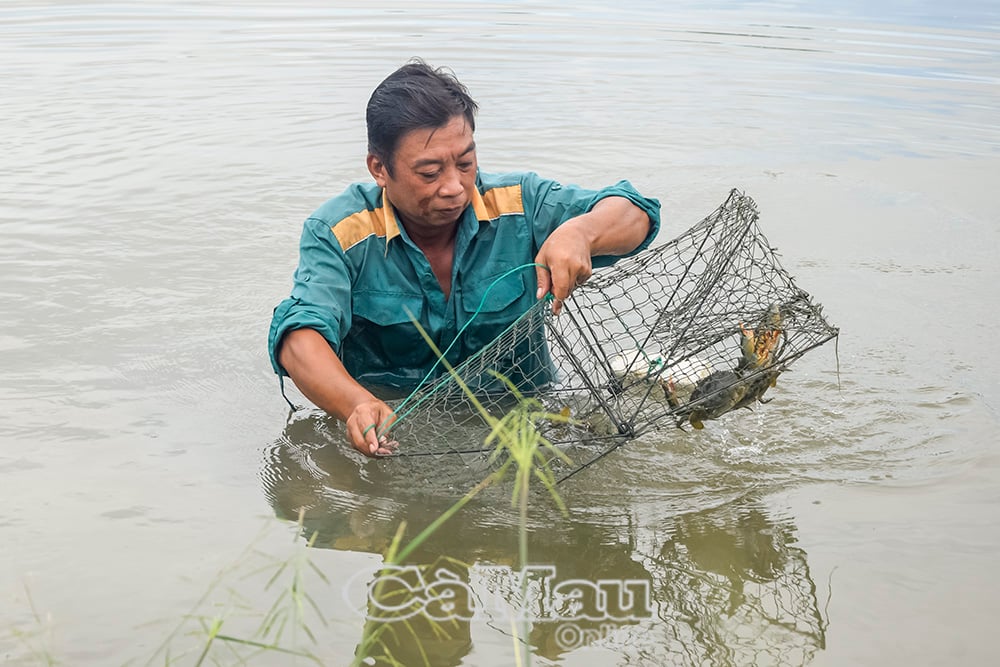
Integrated shrimp and crab farming is a sustainable direction in many localities.
The integrated farming model is highly effective. Currently, many households are raising tiger prawns in combination with sea crabs, which is a prominent ecological-economic model in the Cape. Research shows that profits can reach 91.3 million VND/ha/year, with a profit margin of 3.7 times the investment cost. This model is especially suitable for tidal areas, can quickly regenerate the environment and effectively utilize natural food sources in the pond. Proactively adapting to climate change, instead of just changing the season, farming households need to focus on applying adaptive techniques: selecting salt-tolerant and heat-tolerant varieties, managing salinity, maintaining stable pH and using technology to monitor water quality in the pond. According to surveys of key areas in Ca Mau, groups of households applying synchronous technical solutions often record higher profits.
The combination of biotechnology, indigenous knowledge and community management is an inevitable direction for sustainable development of QCCT shrimp farming in Ca Mau. This will not only increase economic efficiency but also contribute to the conservation of mangrove ecosystems, creating a foundation for certification labels, traceability and access to international markets.
“Improving the efficiency of extensive shrimp farming cannot rely on a single solution, but on the integration of ecology, economics and sociology. With a long-term vision and concrete actions, Ca Mau can absolutely become a model of highly efficient ecological shrimp farming in the region,” Mr. Pho emphasized./.
Hoang Pho - Diamond
Source: https://baocamau.vn/giai-phap-tang-nang-suat-tom-quang-canh-cai-tien-a39274.html




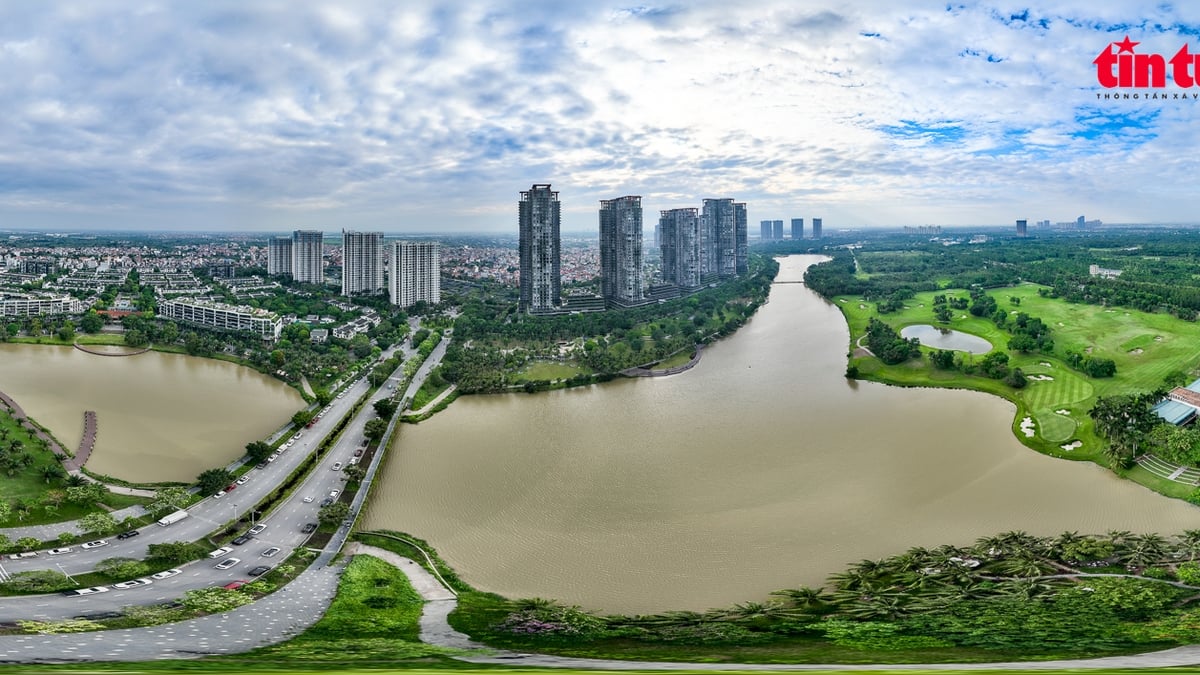



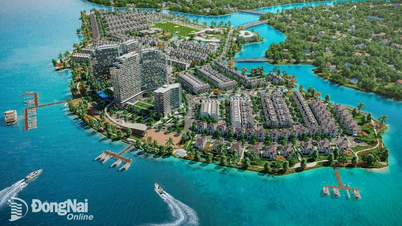



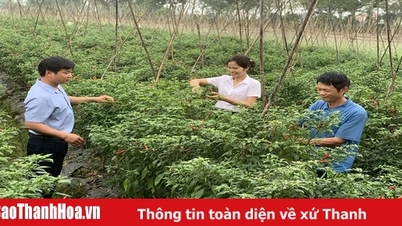





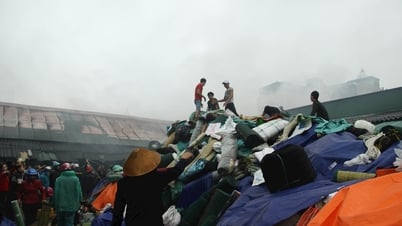





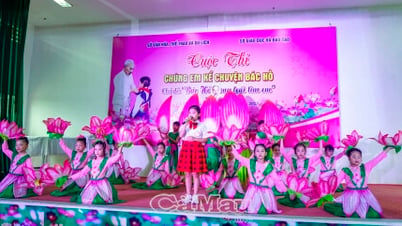
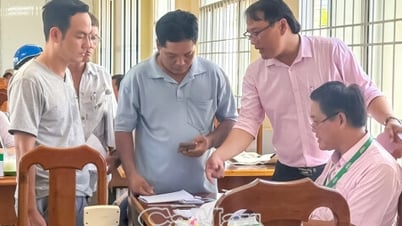
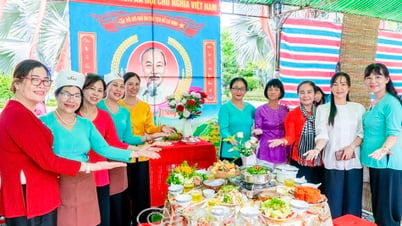

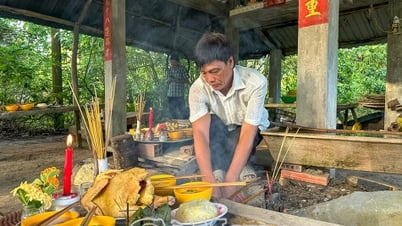
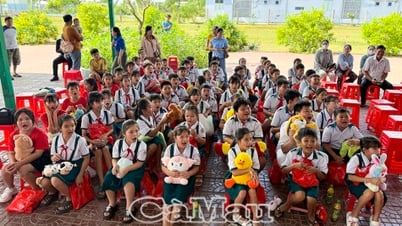































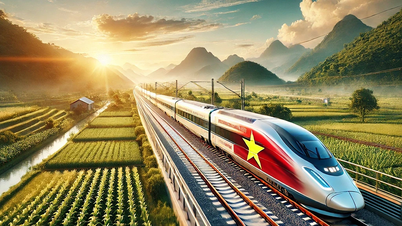



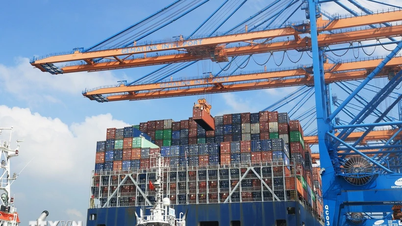










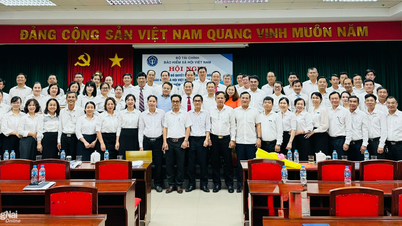
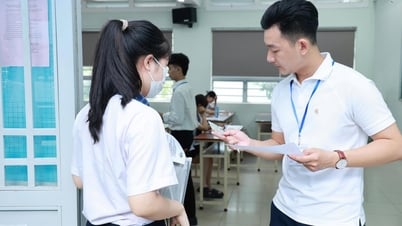
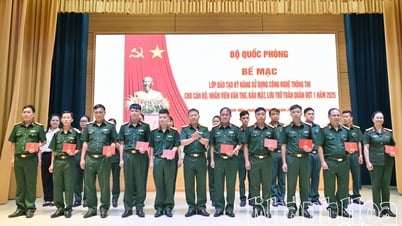






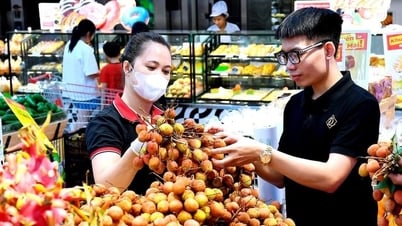






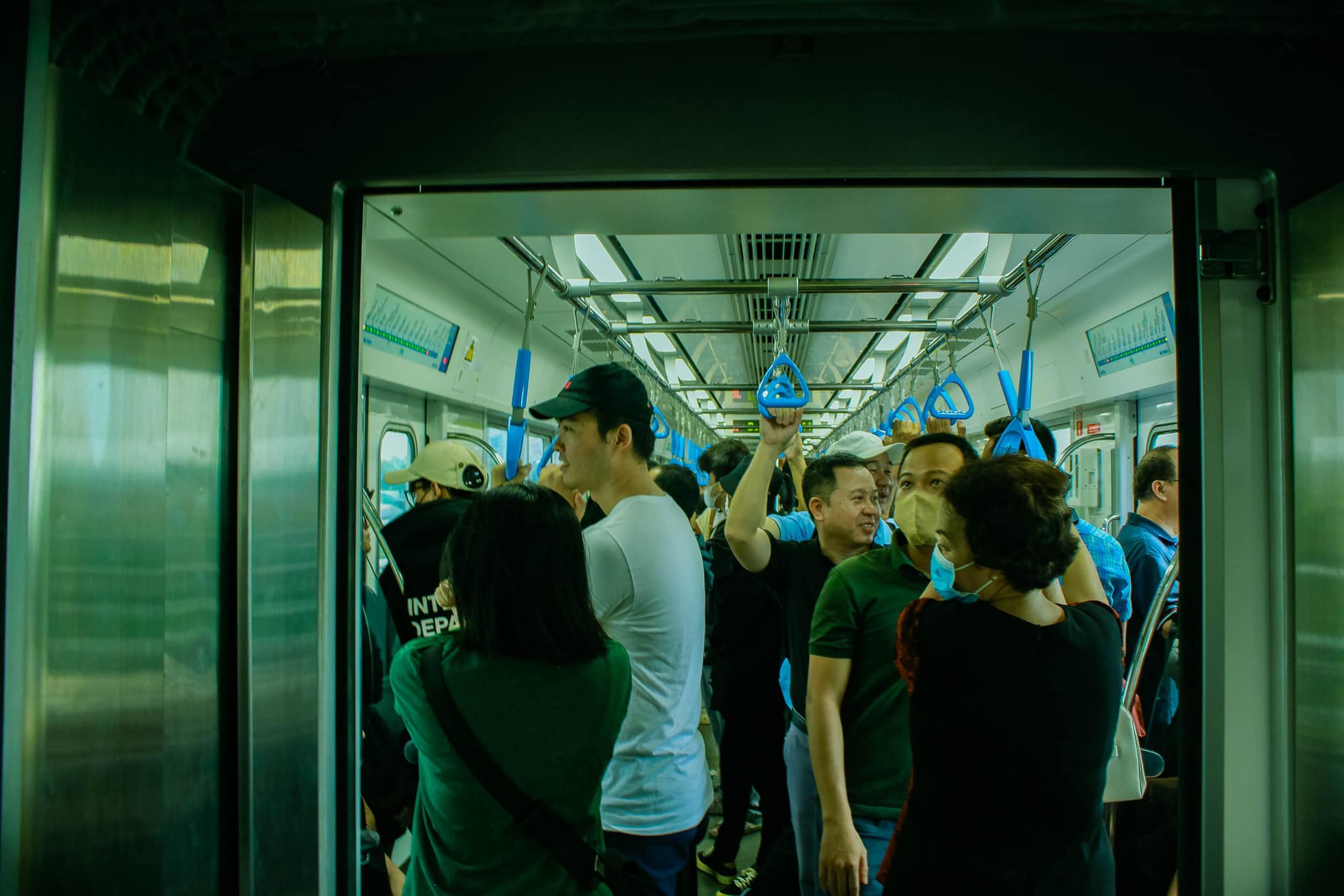



Comment (0)